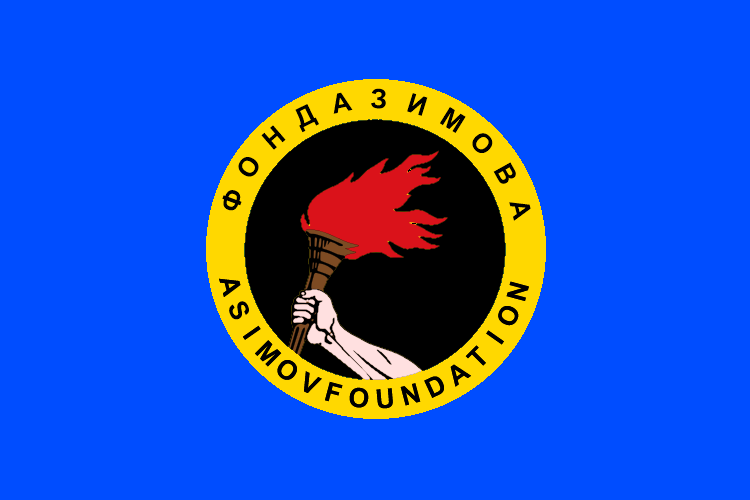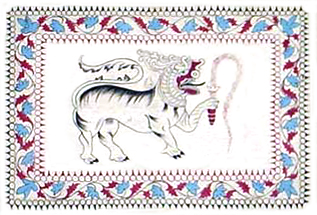
The Asimov Foundation, the full name of the Isaac Asimov Foundation for the Preservation and Enhancement of Scientific Knowledge, is an educational fund established in 2037 with the aim of preserving the scientific and technological achievements of mankind in the conditions of the crisis of the end of Modern and the onset of the New Ages. The founders of the Foundation were the Government of the Republic of Belarus, the Independent Corporation Rosatom and the Ukrainian Orthodox Church. The reason for its foundation was the destruction by the Nation of Islam in 2036 of the servers of the Wikipedia project – the largest Encyclopedia of the Internet of the Modern Age in Ashburn, USA ...
... The activities of the Foundation cover the whole world. The most significant objects of the Foundation are the Vaults – libraries and servers, located in different parts of the world, where the objects of scientific and cultural heritage are preserved. The data from there were actively used by scientists around the world, including a circle of Stockholm encyclopedists ...
... The attempt of the mechanists to seize control of the Foundation in the middle of the XXIV century, which resulted in the seizure of the Vault in the Mare Tranquillitatis, the Moon, in 2376, caused serious changes in the work of the Foundation ...
... The Headquarters of the Foundation is located in Homel, Republic of Belarus. Genrikh Seldon, who headed the Novosibirsk State University before this, is the Managing Foundation since 2386 ...







